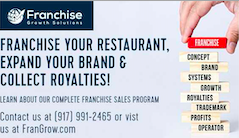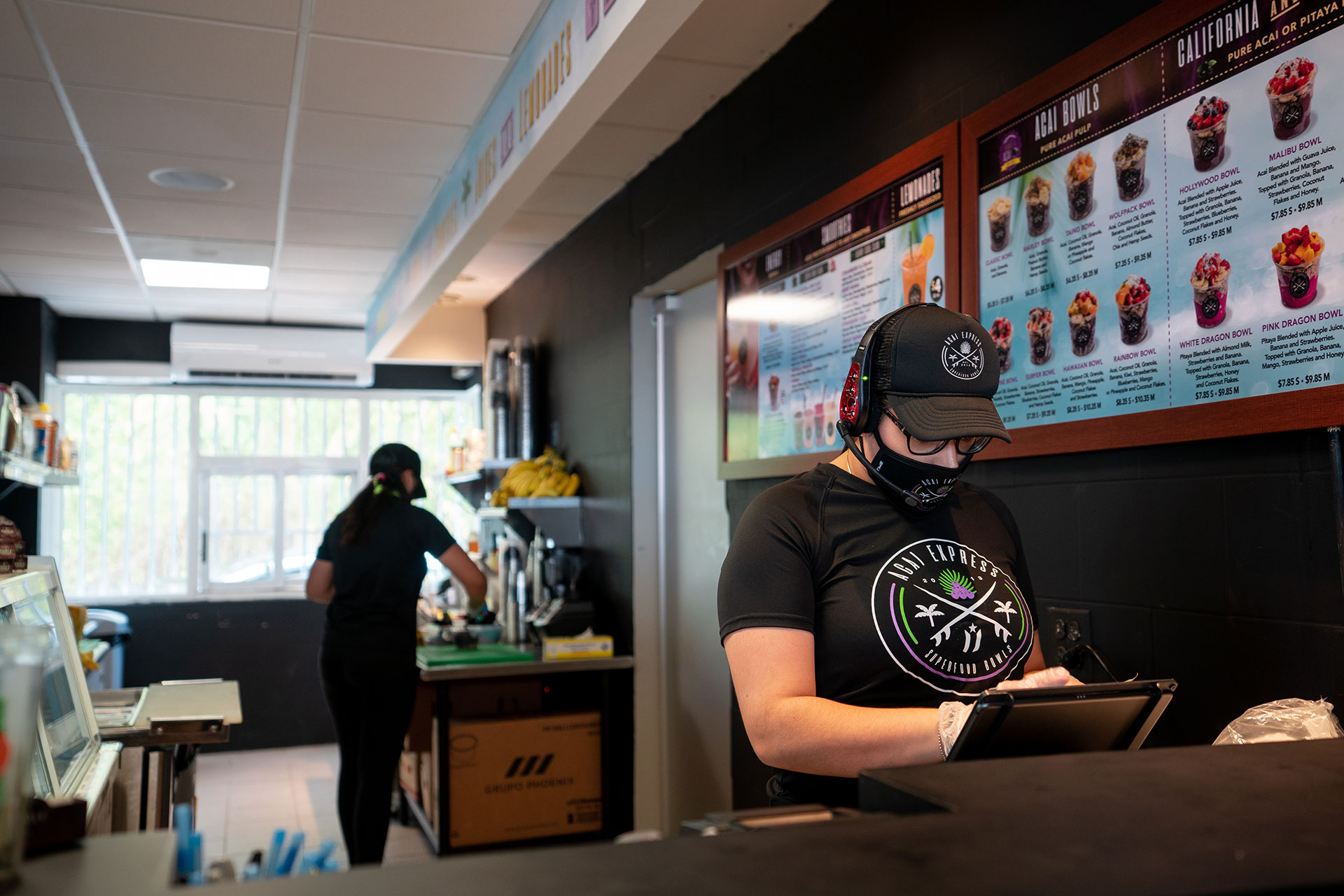After four years of life in the outlaw motorcycle subculture in NYC, Tom got a haircut, took a shower and landed a respectable job in the New York Subway system. After more than 13 years in the subway Tom became frustrated with the bureaucracy and politics.
DO YOU NEED A TAX ID? HOW TO OBTAIN AN EIN
By TOM SCARDA, CFE Founder of FRANCHISE ACADEMY
🔑Education 🔑 insight 🔑 inspiration – Have you been working from home and don’t want to go back to your office? Have you tasted freedom and want out of the corporate rat race? We should talk. No Sales, No Kidding.
After you incorporate or form an LLC, the IRS will issue a federal tax ID to your small business. This tax ID is also known as an employer identification number, or EIN.
What is an EIN? Let’s take a closer look at this federal tax ID, key areas where having an EIN may benefit your business, and how to obtain an EIN if you were not already issued this tax ID.
What’s an EIN?
An EIN is essentially a social security number (SSN) for a small business.
This tax ID is nine digits long, similar to that of an SSN, with a primary purpose of legally identifying your business. Entrepreneurs may use their SSN or an EIN on paperwork pertaining to their company. Some entity formations, like sole proprietors, use their SSN for business tax purposes. Incorporated formations, like limited liability companies (LLCs), have the choice to use their SSN or an EIN.
More often than not, incorporated businesses will use their EIN. This is because an EIN is slightly less sensitive than an SSN. As such, business owners may choose to use an EIN in lieu of an SSN. Choosing this tax ID acts as a safeguard to ensure the safety of their personal identity. It also helps to keep entrepreneurs in compliance with U.S. tax laws.
How Do I Know I Need an EIN?
There are several aspects of small business where it’s necessary to file for an EIN. Here’s where this tax ID can benefit your company.
Opening a business bank account. Having a business bank account allows small business owners to keep their personal and professional finances separate. Most U.S. financial institutions require a certified copy of an EIN prior to opening a business bank account. An EIN also makes it easier to establish a business credit profile, separate from the owner, and build business credit.
Forming an LLC. If you have already formed an LLC, then you were issued an EIN — and may skip ahead in reading. However, if you are planning to form an LLC keep in mind that the IRS will issue you an EIN. You will also need to obtain an EIN if you choose to incorporate as another entity formation, such as incorporating as a corporation or forming a partnership.
Hiring employees. Here’s where an EIN benefits both employees and the business owner. If your business plans to hire employees, it is a requirement to obtain an EIN. This allows the IRS to track your business and ensure it collects payroll tax. On the flip side of the coin, once a business has been incorporated the business owner is technically considered an employee. As such, you will need to obtain this tax ID — for future employees within the business as well as your own status within an incorporated business.
Besides the aforementioned three bullet points, EINs may benefit businesses in even more ways. You will need to obtain an EIN to establish pension, profit sharing, and retirement plans. This tax ID may also be used when filing annual tax returns. In the event you decide to change your organization type, filing Form 8832 Entity Classification Election will ensure your entity is able to retain its EIN, even if its legal structure has changed.
How Can I Obtain an EIN?
Obtaining an EIN is a fairly straightforward process. You can apply for an EIN online, through the mail, by fax, or even over the telephone with the help of MyCorporation’s trusted team of professionals.
Before you begin the filing process, however, please note that you must determine if your business is eligible for an EIN. The principal business must be located in the United States or its U.S. territories. The true principal officer or general partner must also possess a valid tax ID. This may be an SSN, an EIN, or an individual taxpayer identification number (ITIN). Finally, if your small business is not already incorporated or formed as an LLC then it must file to incorporate as a legal formation for their organization.
The Value of Having an EIN
Having a tax ID allows you to take your business to new, exciting heights while remaining in compliance with tax laws. As an added bonus, once you obtain an EIN you have it forever because EINs do not expire.
Conduct your due diligence prior to filing for an EIN and reach out to a legal professional prior to filing if you have any questions. Once you obtain your EIN, remember to treat it similar to that of an SSN. Keep this ID in a safe place to protect it and use it in areas required by your business.
Deborah Sweeney is the CEO of MyCorporation.com which provides online legal filing services for entrepreneurs and businesses, startup bundles that include corporation and LLC formation, registered agent services, DBAs, and trademark and copyright filing services. You can find MyCorporation on Twitter at @MyCorporation.
======================================
About Tom Scarda:
Tom is now a nationally recognized small business and Certified Franchise Expert (CFE), motivator and dynamic speaker. Tom has authored three books: Franchise Savvy, The Road to Franchise Freedom and The Magic of Choosing Uncertainty: How to Manage Change, Embrace Fear and Live a Fulfilled Life.
30 years ago, searching for his inner drive, Tom left college and submerged himself in the motorcycle underworld in lower Manhattan. This made his mother worry. It was the first time Tom chose uncertainty over the status quo.
After four years of life in the outlaw motorcycle subculture in NYC, Tom got a haircut, took a shower and landed a respectable job in the New York Subway system. After more than 13 years in the subway Tom became frustrated with the bureaucracy and politics. So he quit his job and left his pension behind to pursue his dreams of business ownership. This also made his mother worry.
In 2000, he purchased a smoothie franchise, which he built into three units and sold five years later for a considerable profit. He was the #1 franchisee of the year in Maui Wowi Smoothies in 2002. He purchased a second franchise in 2006 called Super Suppers and failed miserably in that franchise concept. The lessons he learned from failure is what makes him such an expert. Tom has owned and operated both franchised and non-franchised businesses and has years of knowledge and wisdom to share with you.


















